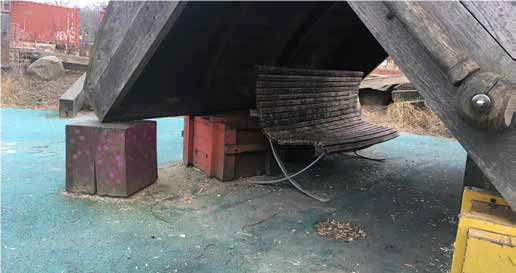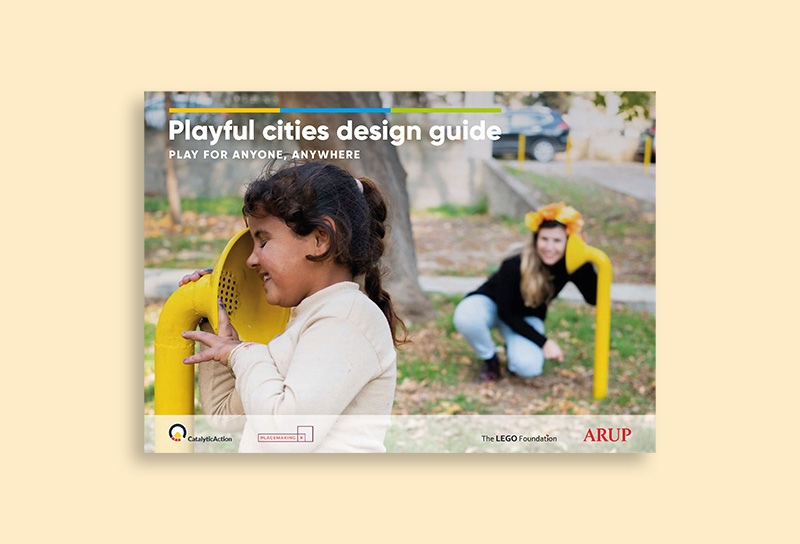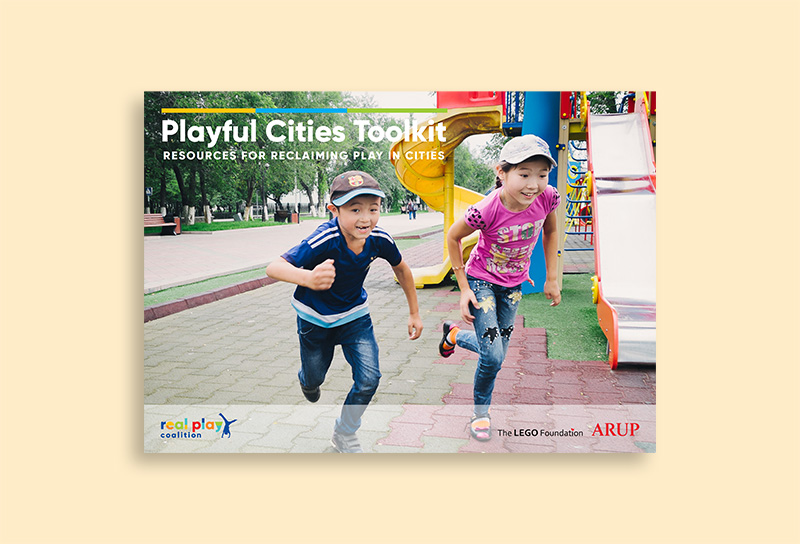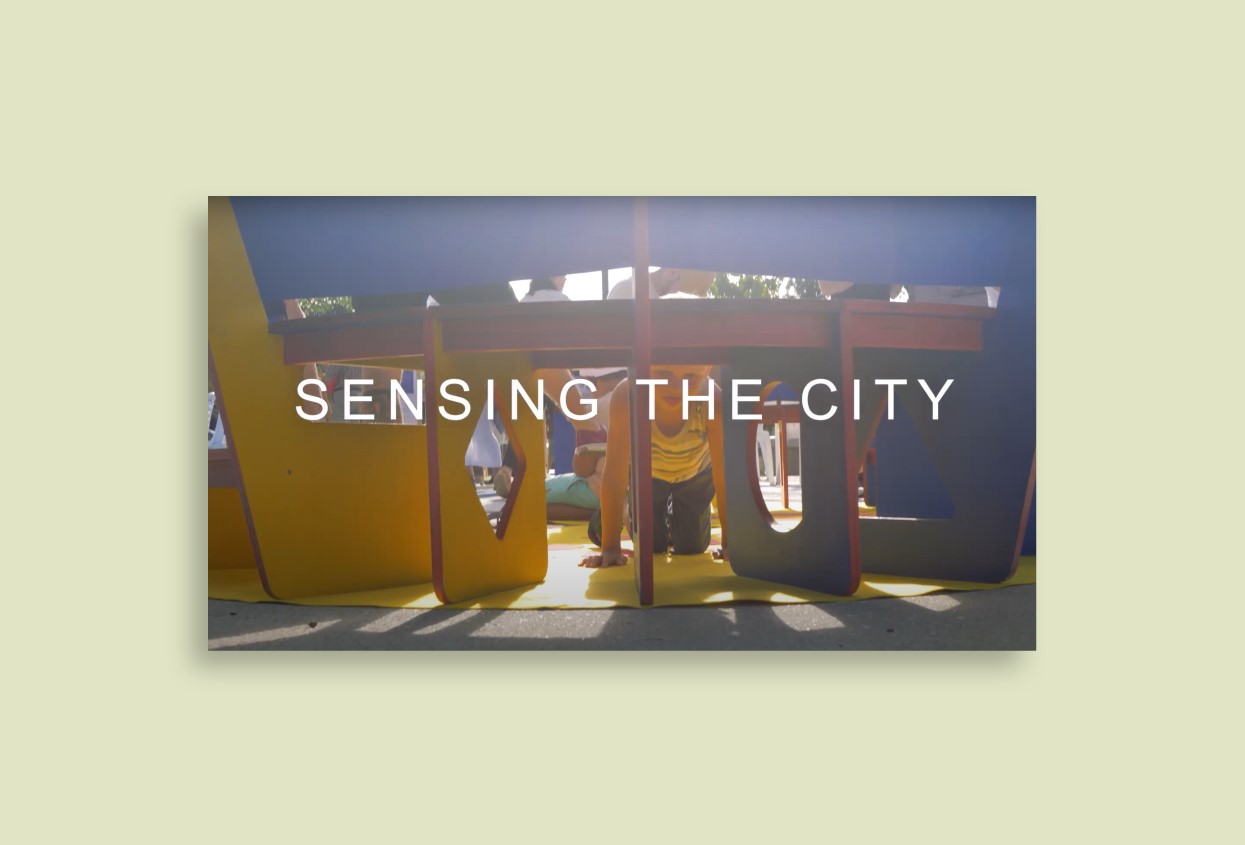
Overview
In the Zentrum fur Kunst und Urbanistik, an interdisciplinary center focused on exploring the relationship between art and urban development in Berlin, an experiment was initiated that demonstrated the importance of effective design beginning with an understanding of the needs and constraints of project users, including young children, caregivers, and pregnant women. The experiment involved releasing a typical street bench in a park to see how the community would use it. A group of children who regularly used the park as their gathering space moved the bench to a covered area, creating a sheltered seating area during the winter months. When the sun started coming out, people of all ages moved the bench to places where they could enjoy the weather, sometimes seeking shelter from the wind or following the sun throughout the day.
Location:
Berlin, Germany
Organisation:
STIPO, Zentrum fur Kunst und Urbanistik
Design insights
Spatial/physical:
The experiment highlights the need to leave room for play and incorporate flexibility in design to accommodate the needs of users within a given context. By doing so, users of public space can demonstrate that they know what works best for them.
Links:
https://thecityateyelevel.com/stories/seasonal-adaptive-public-space-for-children/
https://thecityateyelevel.com/app/uploads/2019/06/eBook_CAEL_Kids_Book_Design_Kidsgecomprimeerd.pdf



